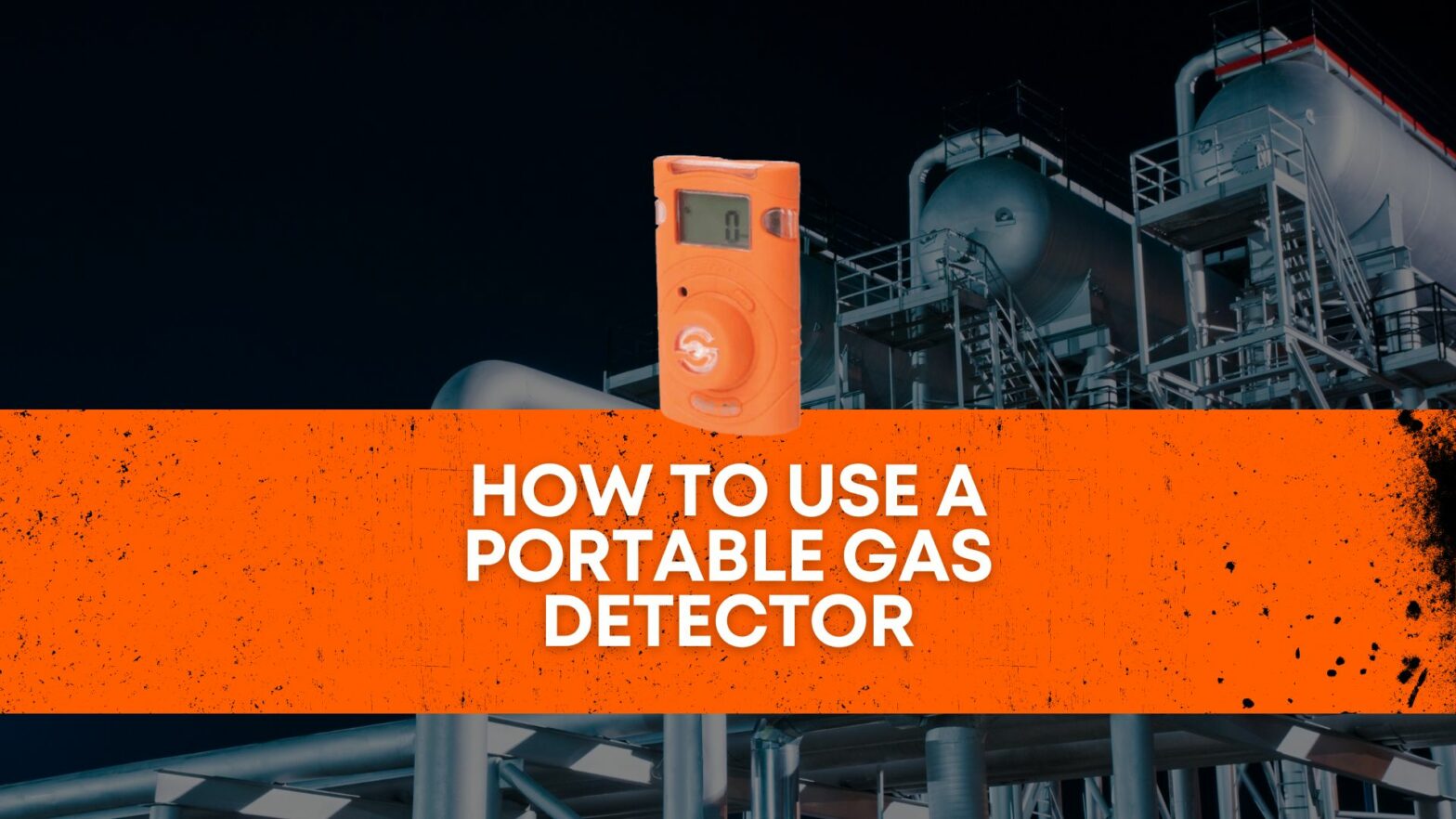We became concerned about gas leaks after we discovered the harmful effects of deadly gases on human health. Exposure through inhalation can cause health problems that affect every major organ. Portable gas detector work to monitor the atmosphere around personnel and are either hand-held or worn on clothing or a belt/harness. These gas detectors are usually battery-operated. When dangerous levels of gas vapors are detected, alarms sound and flashing lights appear. But do you know how to use a portable gas detector? This post will guide you on how to ensure safety in your daily tasks.
Where the use of a portable gas detector is required
Portable gas detection equipment is typically utilized when entering tight spaces, dispatching emergency personnel into potentially explosive environments, locating gas leaks, or performing hot work in potentially hazardous areas. See some examples of applications below:
- Mine
- Oil and Gas manufacturer
- Steelworks
- Petrochemical plant
- Power supply works
What you need to know for using a Portable Gas Detector
First, take into account the usage and gases that the portable gas detector will need to be able to detect. Each type is designed for certain uses and gases, and individual gas detectors may detect one to seven gases. When working to prevent the risks connected with poisonous gases, extra time and care should be taken to ensure that the appropriate portable gas detectors have been specified after conducting a thorough risk assessment of the working environment.
Second, think about the environment in which you will use the gas detector and the amount of wear and tear it may need to withstand to continue operating well. A portable gas detector’s performance can be impacted by temperature, pressure, and humidity.
Portable gas detectors are frequently attached to belts, however, it is actually one of the worst places for them. The optimal location for your portable gas detector is as close as possible to the primary entry points for toxins to enter the body—the nose and mouth. The main threats that gas detectors shield their users from are gases and respiratory poisons. The most practical position for a portable gas detector is as close to the face as possible. However, doing so also means that you are protected against a wide range of potentially dangerous gases, all of which behave differently.
Even if you buy the strongest safety equipment available, it still needs to be thoroughly maintained on a regular basis to stay in excellent working order. A professional’s service and inspection of your portable gas detectors during calibration are essential. To make sure you stay in compliance with current laws and health and safety requirements, certification should be given following each service.
The Intrinsically Safe Portable Gas Detector

The SENKO SGT Intrinsically Safe Portable Gas Detector is approved for use in ATEX Zone 0, Class I Division I, and is designed to detect oxygen, hazardous, and flammable gases in the immediate area with KCS and IECEx accreditation. The SGT can operate for up to two years without a fresh battery or gas sensor, protecting workers against oxygen deprivation or exposure to dangerous chemicals.
Additional features include ultra waterproof/dustproof construction, automated sensor troubleshooting, data logging (up to 30 occurrences), and shock protection.
All the safety solutions are just one click away
At the Intrinsically Safe Store, you will find more options on Senko Portable Gas Detectors and other equipment to ensure your safety during your work routine. Our commitment is to dispose of all the best intrinsically safe and explosion-proof solutions for hazardous areas. So, don’t hesitate to contact one of our experts to find the assistance you need! It is our pleasure to help you!


























